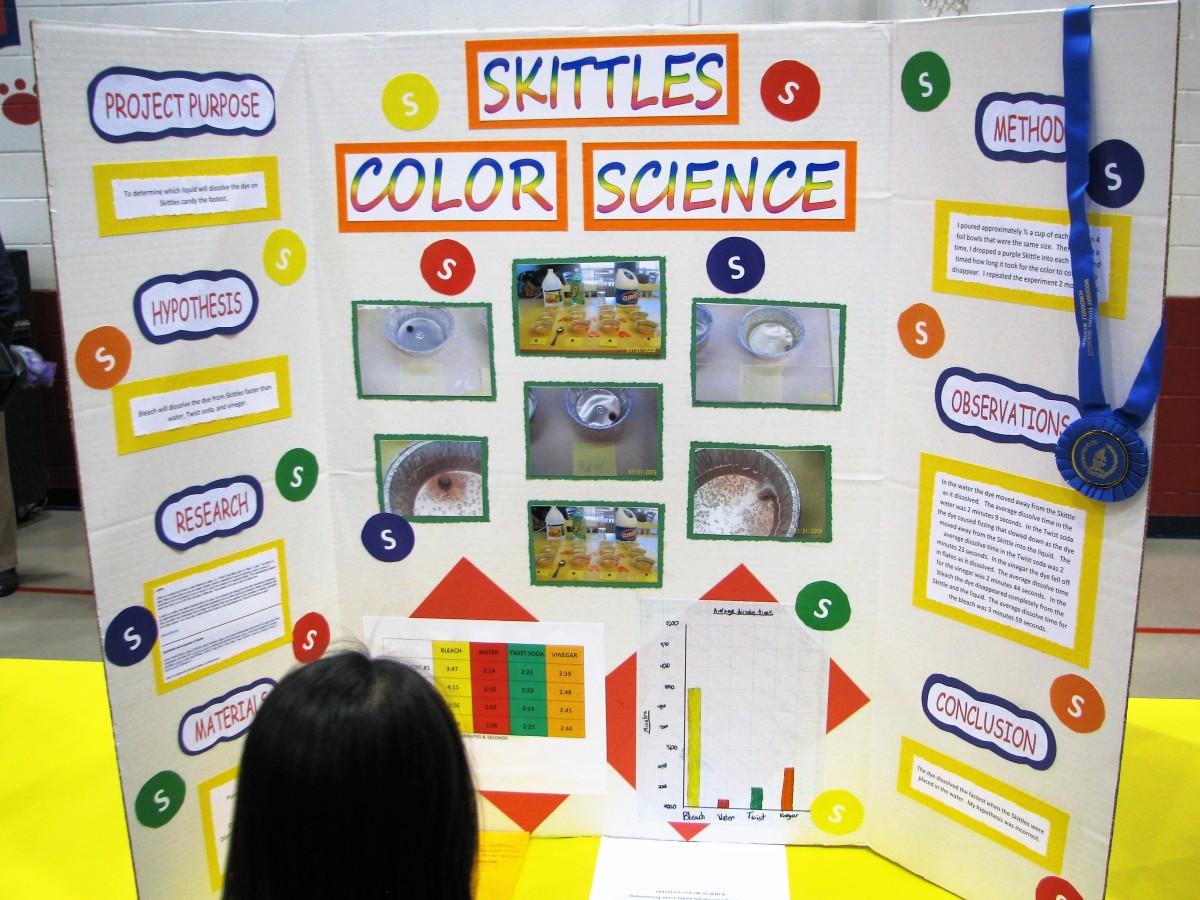What Are the Best Student Microscopes? What To Look For...
Introduction
Student science fair projects require a number of tools. One of the most common tools used in a life science – science fair project is the microscopes. Microscopes enable students to view very small details and to gain better insight into the building blocks of life and food webs. If you would like to add a microscope to your own study area then there are very specific features that you will want to look at when you start shopping.
Light Source
When purchasing student microscopes you need to think about what light source your microscope will use. There is the reflecting microscope, which utilizes mirrors to catch external sources of light and there are also models of microscopes that have an electric light built in. Reflecting microscopes are the most basic and inexpensive models that you can purchase. While they are good tools, they will not grow with your science educational needs. If you are going to invest money in a science tool you want to buy the best that you can afford, and hopefully this will be a model that has a built in light source.
Lenses
Another aspect of your microscope that you need to think about is the number and strengths of its lenses. There are two sets of lenses that you will want to examine. The first lens is the ocular lens and it is found in the eyepiece. The second set of lenses is made up of the objective lenses and they are found on a wheel at the end of the body tube and right above the stage. These lenses are used for gross focusing. There are usually three of these objective lenses, and each one has a different magnification. When selecting a microscope you will want to look for the model that offers the biggest variety of magnifications or the highest level of magnifications.
CCD Imaging Issues
If you will be connecting your microscope to an imaging device, like your computer, for your science fair project then you will need to examine the focal length of the microscope that you are purchasing. The focal length will help you to select a microscope that will be able to produce the best image for your CCD imaging device. To determine what focal length to use you need to utilize a focus factor based on the lens that you are using. For example, if you have a one inch CCD then you will utilize a focus factor of 12.7 mm for the horizontal measurement and 9.5 mm for the vertical.
Durability
Whenever you are buying a tool, whether it is a microscope for a science project or a wrench for a shop project, you want to look for one that is durable. Durability means that the tool will stand-up to normal wear and tear and that it will provide you with years of service. You can determine if your microscope will be durable by first examining what it is made up. Metal microscopes are going to be more durable than light weight plastic ones, for example. Special features can also be examined to determine how durable a product will be. For example, the lenses may be made from a special high density glass that will protect them from breakage, or they may be coated with an anti-scratch application to protect the integrity of the lens.









